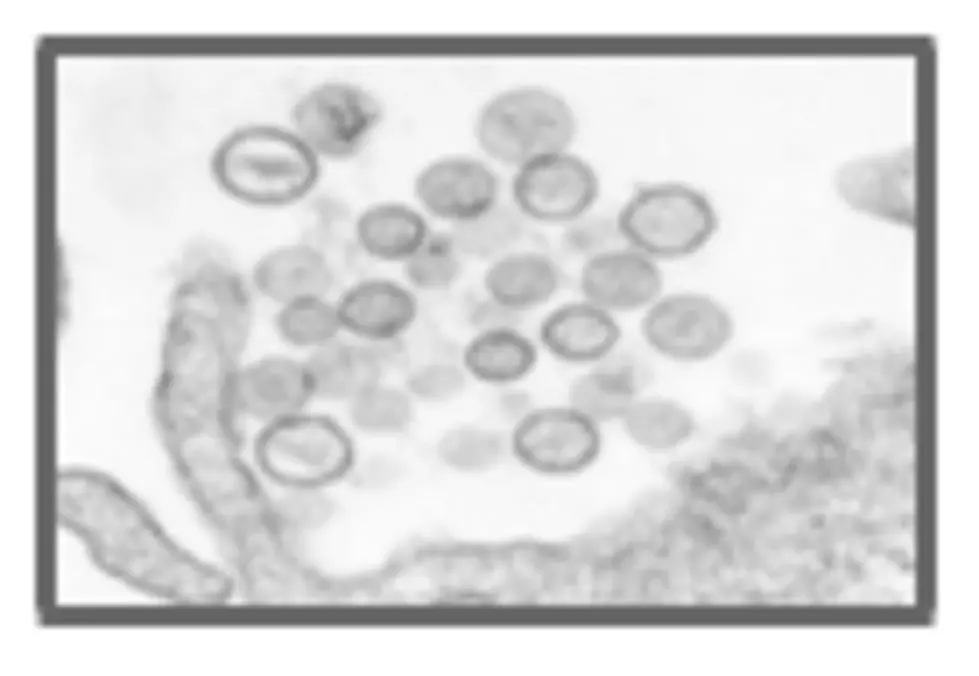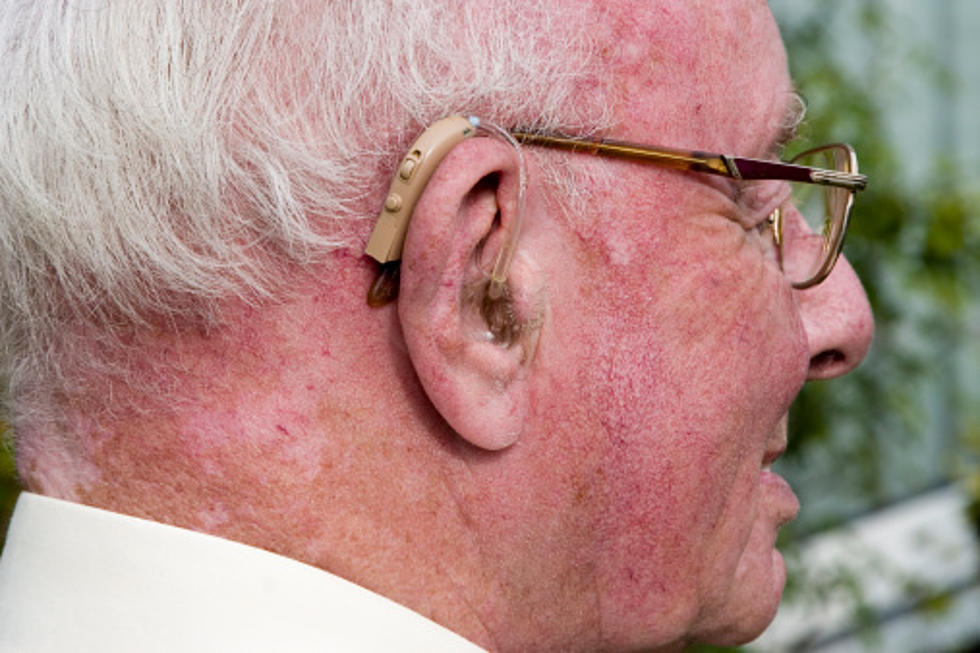
Hantavirus….know the precautions!
The Montana Department of Health and Human Services has confirmed the first hantavirus pulmonary syndrome case in Montana for 2011. The case resulted in a death.
This case is one of 31 hantavirus infections reported in Montana since 1993, and the ninth known hantavirus related death in the state.
“Montanans should be aware of the precautions they can take to help avoid hantavirus,” said DPHHS Director Anna Whiting Sorrell. “Hantavirus is uncommon, but can occur anywhere small rodents live.”
According to State Medical Office Dr. Steve Helgerson, human hantavirus infection may occur when saliva, urine, or droppings from an infected deer mouse are inhaled as aerosols. This can happen when droppings or contaminated nesting materials are disturbed and become airborne. Transmission may also occur when these materials are directly introduced into broken skin or introduced onto the eye or mouth. Although rare, persons have also become infected after being bitten by rodents.
Dr. Helgerson said early symptoms of hantavirus infection include fever and muscle aches, possibly with chills, headache, nausea, vomiting, diarrhea, and abdominal pain. Four to 10 days later, coughing and shortness of breath may occur as pneumonia develops. The symptoms develop one to five weeks after exposure. There is no specific treatment, cure, or vaccine for hantavirus infection.
“Early recognition and receipt of medical care are key to surviving the illness,” Helgerson said. “Therefore, if you have been around rodents and have symptoms of fever, deep muscle aches, and severe shortness of breath, see your doctor immediately.”
Be sure to tell your doctor that you have been around rodents-this will alert your physician to look closely for any rodent-carried disease, such as hantavirus.
The best way to prevent hantavirus transmission is by controlling rodent populations in areas where one lives and works. When cleaning areas where rodents may nest, the following precautions should be followed:
- wear rubber or plastic gloves
- thoroughly spray/soak area with a disinfectant or mixture of bleach and water
- wipe or mop the infected area with a sponge or paper towel (throw away items after use)
- wash hands thoroughly with soap and warm water after removing gloves
- never sweep or vacuum in these areas
This information is especially relevant when heading into warmer weather over the next few months as residents began to clean their garages and sheds.









